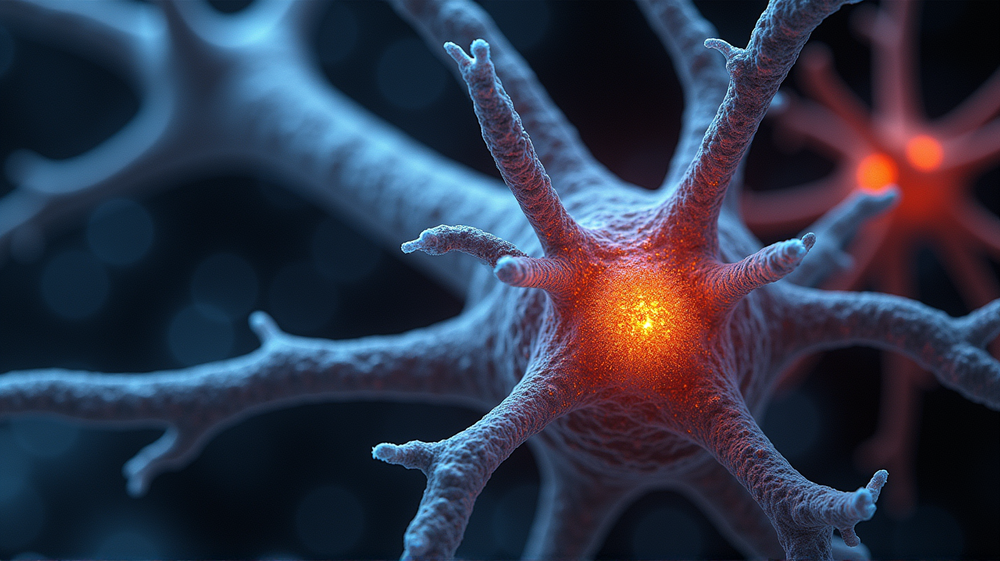Microglia's Surprising Role in the Peripheral Nervous System
In the world of neuroscience, one team has shaken the foundation of traditional understanding. Prof. LI Hanjie and colleagues from the Shenzhen Institutes of Advanced Technology have made a fascinating discovery about microglia, famously known as the brain’s “guardian angels.” These specialized immune cells are now revealed to be crucial regulators in the peripheral nervous system (PNS) as well.
A Paradigm Shift
Traditionally, microglia were associated strictly with the central nervous system (CNS). This new study, however, has unveiled their presence within the PNS, bearing profound implications for our understanding of neural biology. By employing cutting-edge techniques like single-cell transcriptome sequencing and bioinformatics, the research team delved deep to explore microglia’s unseen roles beyond the brain.
Evolutionary Discovery
Prof. LI’s groundbreaking research has drawn connections between microglia abundance and both neuron size and species body size. Larger animals possess richer populations of these cells, suggesting a selective evolutionary pressure linked to neuronal development. This finding provides an elegant explanation for the phylogenetic distribution of microglia, as observed through human and animal models.
Microglia: More Than Meets the Eye
This study dismantles long-standing beliefs rooted in rodent models by unveiling the intricate Neuron-PNS Microglia-Satellite Glial Cell trio model. Here, microglia don’t just play a defensive role but actively engage in neuron-somatic enlargement, orchestrating a rapid response to stimuli—a transformative perspective for treating neurological disorders.
Implications for Future Research
As stated in Technology Networks, the identification of microglia across both the CNS and PNS reshapes the dialogue around neuron interactions. This research opens the door to innovative therapies targeting nervous system health and disease recovery, leveraging microglia’s newly discovered regulatory prowess.
The paper authored by Dr. WU Zhisheng and others offers a profound look into microglia’s ancient lineage, setting the stage for further inquiry into evolution’s influence on nervous system functions.
In embracing this knowledge, the scientific community stands on the threshold of a new era in neurology, where foundational beliefs evolve alongside technological advances and biological insights.




